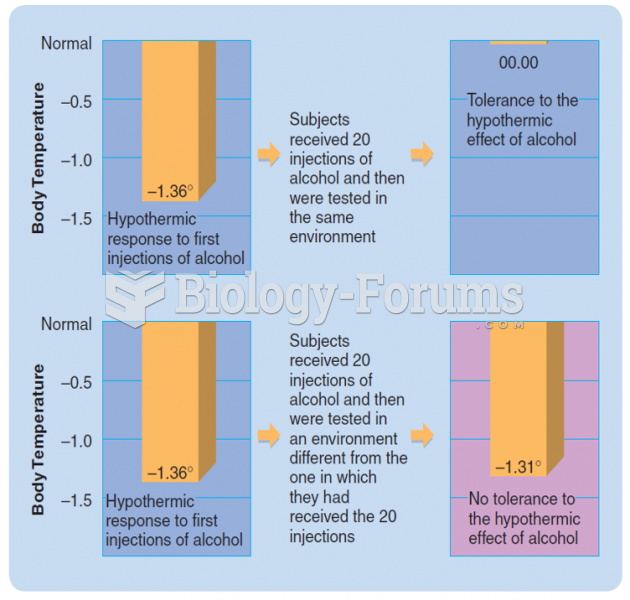Answer to Question 1
Answer: A
Answer to Question 2
Responses should consider:
PMS
- It's a set of symptoms that may occur during the days leading up to the start of a woman's period.
- It's caused by the cycling of hormones in a woman's body, which may affect some women emotionally and psychologically.
- Symptoms include dysphoria, mood swings, depression, irritability, tension, aggression, fatigue, headaches, breast soreness, abdominal cramping, backache, water retention, constipation, and specific food cravings.
PMDD
- It's a relatively rare but significantly more intense form of PMS that is now a proposed official clinical diagnosis.
- It differs from PMS in terms of the number and severity of symptoms.
- Diagnosis of PMDD applies only to those with the most serious and most debilitating symptoms.
- Diagnosis of PMDD requires that five or more of the following symptoms be present during the week before the start of menstruation, must vary over a woman's fertility cycle, and must be severe enough to seriously impair her relationships with others, interfere with work, school, and effective functioning in the normal activities of her daily life.
- Symptoms include:
- major depressive symptoms
- intense anxiety, tension
- radical mood swings such as sudden sadness or increased sensitivity in social situations
- persistent, extreme anger, irritability, or increased interpersonal conflicts
- loss of interest in usual or favorite activities
- poor concentration
- fatigue, general lack of energy
- changes in appetite, such as overeating or cravings for specific foods
- difficulty sleeping or sleeping too much
- feeling overwhelmed or out of control
- physical symptoms such as bloating, breast tenderness, headaches, and muscle pains
Treatment of PMDD
- Treatment depends on many issues relating to a woman's specific symptoms, the seriousness of the overall symptomology, the individual patient's profile, and the treatment preferences of the doctor.
- The most effective treatment currently in use is one of the selective serotonin reuptake inhibitors, such as Prozac, Zoloft, Paxil, and Celexa.
- These drugs were originally developed to treat depression.
- They trigger changes in the brain's balance of neurotransmitter chemicals, particularly serotonin, and can significantly reduce both the psychological and physical symptoms commonly associated with PMDD for many women.
- There are other treatments that are somewhat beneficial, including dietary changes, various relaxation and stress-reduction strategies, hormone therapy, and regular exercise.







